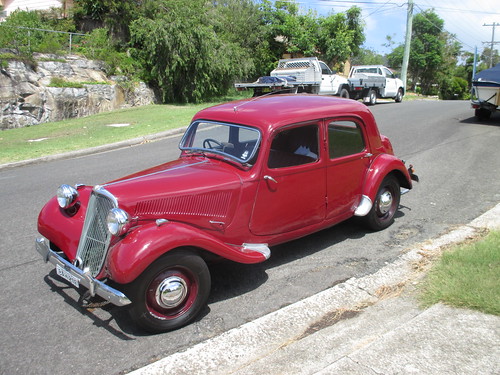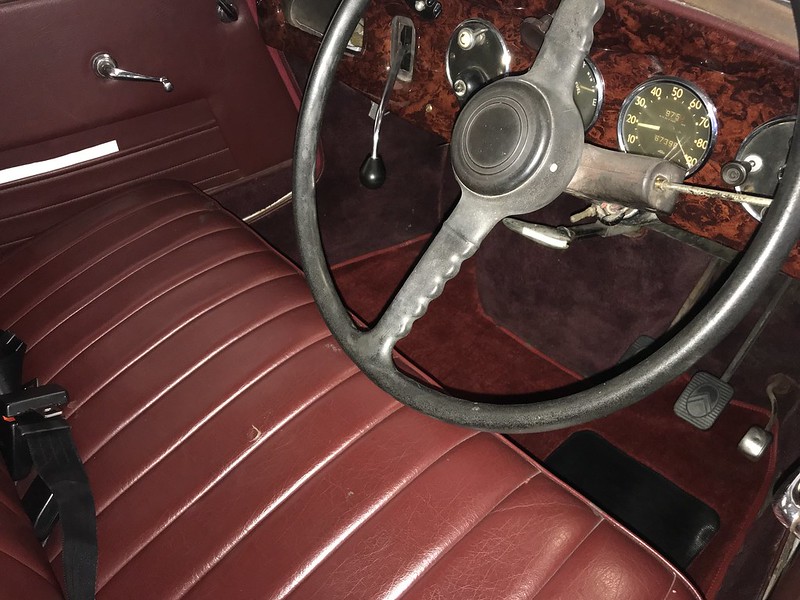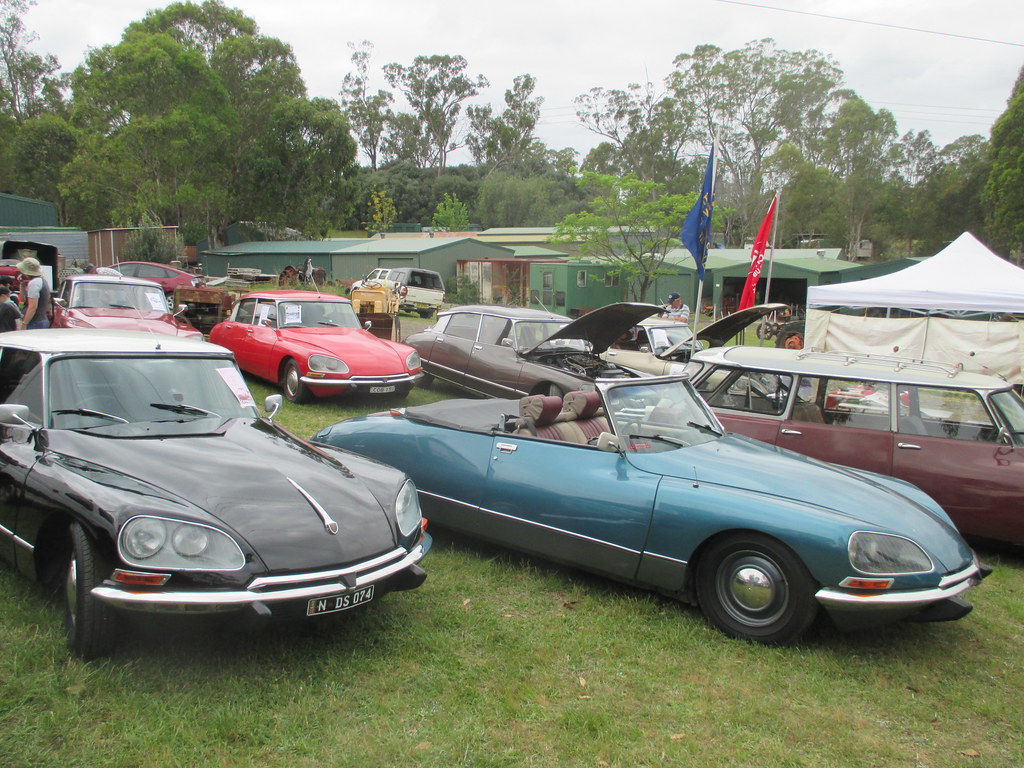In my view, Citroen has made two cars that changed the world – the Traction Avant and the DS (some would also include the 2CV in this list). The Traction Avant established Citroen as an innovative car company but at the same time bankrupted the company, leading to their ultimate control by the Michelin family.
While Andre Citroen is probably better known for his ability to get publicity for his car company, he was an extremely competent organizer and was able in only 4 months, to get a munitions factory going in WWI that produced more shells than all the other factories in Paris combined. It was this experience that led him to look at mass production techniques for his car company, and Citroen realized that in order to sell the cars at a reasonable price, you needed to either produce cars at a massive scale (ala Ford) or amortize the tooling over a long period of time. For the latter, that meant not changing the model very regularly. And the only way you could keep the same model in production for an extended period of time was to produce a car that was so far ahead of the competition at launch that it remained relevant for many years.
It was with this plan in mind, that the Traction Avant was born. Doing away with a traditional separate chassis, and focusing on a monocoque meant a lighter car, resulting in a cheaper build, smaller engine and many other benefits. Moving to a front wheel drive design offered differentiation from the competition and similarly reduced materials needed and allowed the car to be lower and look more modern. Further innovations included Rack and Pinion steering, independent front suspension, overhead valves etc. None of these innovations were new to Citroen, but they had not come together on a single, mass produced car before.
However, Citroen was not a man to do things by halves, so he also rebuilt his factory from scratch and spared no expense. All this innovation at the same time, coupled with the new factory and uncertain economic conditions caught up with Citroen and in the end he lost his company and never saw what a success his car would ultimately become. The Traction would, in the end be available from 1934 to 1957 (with a pause for the war) and more than 760,000 cars manufactured.
As with the DS twenty years later, Andre Lefebvre and Flamino Bertoni were integral to the design, and again like with the DS, the Traction Avant was built for a long time with a plethora of options and model types, making it very difficult for somebody new to the car to understand the different models and where they fit in. This article will concentrate on the post war models as you could write a whole book on the pre-war cars (and there are many excellent books available).
Outside of special models (covered later), you could have your traction avant in two main body sizes, the larger car being longer by 200 mm and wider by 140 mm. An easy way to tell if the cars are not sitting side by side is that the rear windows do not roll down very far on the small bodied car due to the curvature of the door for the wheel arch. The cars in RHD form were produced either in Slough (UK) or Paris. Model names were derived from the fiscal horsepower system in use in Europe at the time, and the main differences were that Slough cars were more luxurious (leather, wood trim etc), used many English parts (lights, handles, gauges etc) for tax reasons and had 12v electrics. Paris built cars were more spartan and had 6v and cost less when new.
The table below illustrates the most common models, with the Light 15 being by far the most common. Most of the Tractions sold in Australia were sourced from Slough, but there were some French builds too, in particular a batch of 11BLs in 1951 during a dock strike in the UK. In the main, French built Tractions were sold as a cheaper more ‘entry level’ option due to the trim differences. Certainly 11BLs were imported, but I am not sure of other models.
| Body Style | Engine | Weight | Top Speed | Paris | Slough |
|---|---|---|---|---|---|
| Small | 1911cc 4 Cyl - 58bhp (later 65bhp) | 1,070kg | 120 km/h | 11BL (Legere) | Light 15 |
| Big | 1911cc 4 Cyl - 58bhp (later 65bhp) | 1,120kg | 112 km/h | 11B (Normale) | Big 15 |
| 2867cc 6 Cyl - 80bhp | 1,397kg | 133 km/h | 15-Six | Big 6 |
In addition to these, there were other variants including a 9 seater, and the 6H, which had the hydro-pneumatic suspension on the rear axle that would later appear with the DS in 1955. The cars constantly changed during the production run, but the most obvious change was the big boot, introduced for the 1953 model year. While today, the small boot models are a more popular, the lack of boot space was an issue when these cars were in everyday use and it was a welcome change.
Hopefully this article has explained a little of the background of these cars and simplified the available models. Despite their age, most parts are still available through independent parts suppliers in France and Holland.
A pair of tractions. The one on the left is a French 11 Normale and the one on the right a British Big 6.
Paris built interior








Hi there, from the UK. This might be interesting to Citroen Traction owners, especially if they have either the French 15/6, or the British Big Six. Until recently I had a Big Six, but it is now sold. However, I have been involved in an ongoing project entailing the replication of the radiator badges – which are not available anymore. Mine are in chromed brass, were laser cut, and come with four stainless steel clips to mount them on the radiator grille along with some ‘wings’ to go underneath. There are only a limited number. Obviously I could go into futher detail, but it would be very helpful if someone could provide me with some contacts in AU or NZ, in particular: newsletters, forums, magazines, websites, etc?
Will await the emails….
Would suggest you contact CCOCA: Citroen Classic Owners Club of Australia. They specialize in early cars like Tractions and offer a spares scheme, which may be interested in the badges.
https://citroenclassic.org.au/wordpress/
[…] The Citroen Traction Avant for dummies […]